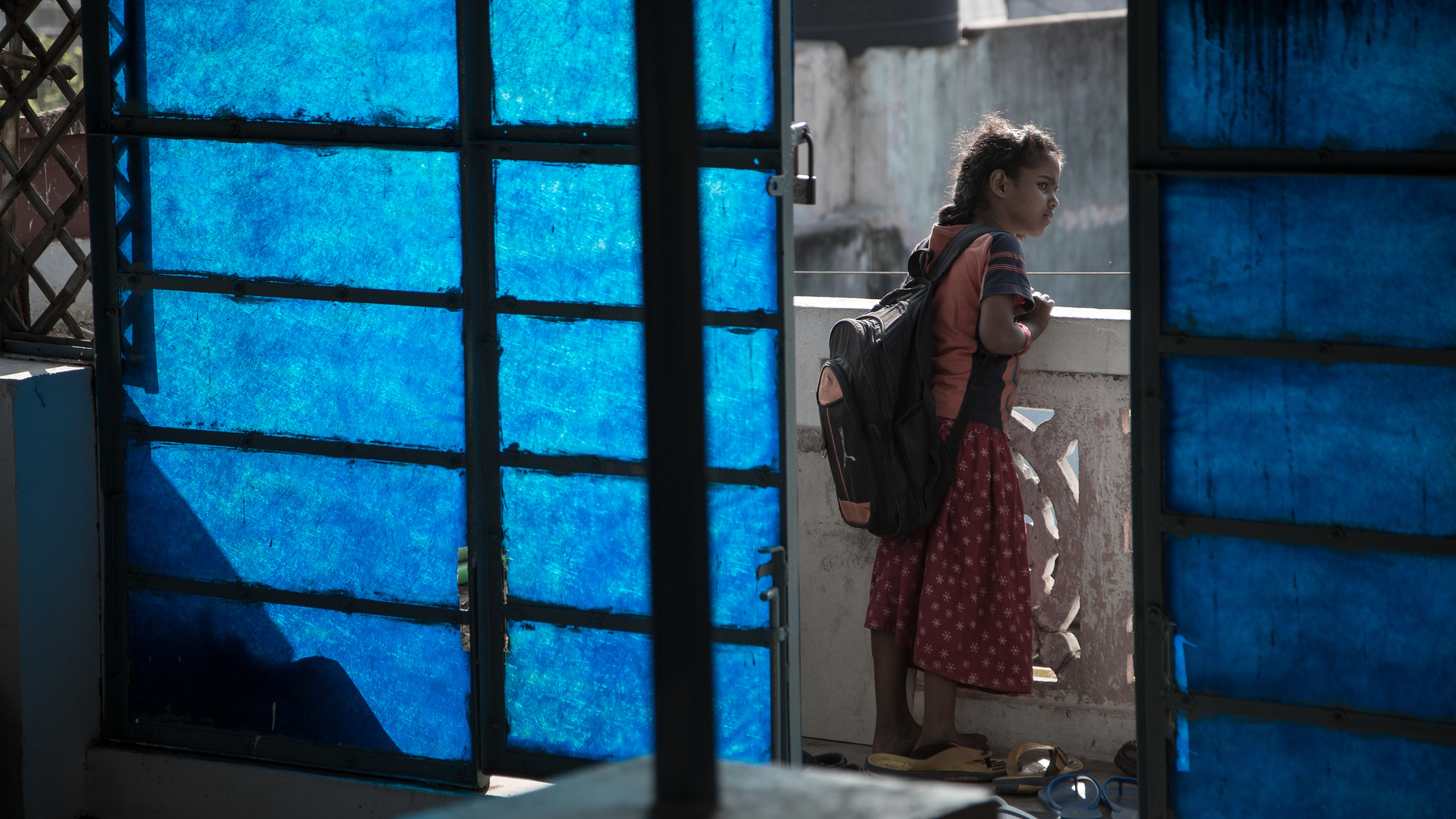Bringing the hope of Christ to traumatized children begins with knowing what trauma is and how it affects children.
Mahesh:
Mahesh’s family is part of a poor, nomadic tribe that practices witchcraft. Living with the burdens of superstition and hunger, he was too fearful to sleep at night, and he often exploded with anger. When Mahesh heard the story of Joseph from the Bible, he realized that God was with him when he was afraid, and for the first time, he experienced the peace of Christ.
Miremba:
Miremba is the victim of a common cause of trauma—poverty. Coming from a home where money for meals was inconsistent, Miremba’s heart was overwhelmed by a lesson about how God cares when we are worried. She began crying, and as her teacher prayed for her, Miremba gave her worry to God. She began to trust that her heavenly Father cared for her, even when her family could not provide for her needs.
What is childhood trauma?
Life on Life defines trauma as an event that negatively impacts a child’s physical, mental, emotional, or spiritual wellbeing.
Certain difficult circumstances—including abuse, neglect, and natural disasters—fall under the umbrella of trauma. There are also numerous, lesser known causes of trauma, such as changing schools, losing a grandparent, or being bullied.
Based on this definition, nearly every child worldwide experiences trauma in some way.
How will you know if a child has experienced trauma?
Children cope with trauma in a variety of ways. Some children, like Mahesh,display obvious, external signs of trauma. These can include:
- Extreme temper tantrums
- Aggressive or disruptive behaviors
- Repetitive movements, such as rocking or head-banging
Other children, like Miremba, become withdrawn—making trauma harder to detect. Some of these subtle indicators include:
- Reluctance to explore the environment
- Unexplained fear
- Poor appetite or overeating
How can I help a traumatized child?
Life on Life curriculum offers a trauma-informed approach to its lessons. Created with at-risk considerations in mind, it alerts teachers to potential triggers for children who have experienced trauma and provides tools to help them as they guide children toward God and toward healing. The curriculum also provides resource articles on recognizing and caring for children who display symptoms of trauma. Through its unique, biblical approach, Life on Life offers hope to children worldwide.
Teaching children to learn and grow in their faith can help them overcome childhood trauma, but only God can bring true healing. His love has the power to heal their wounded hearts and bring peace to their troubled souls.

